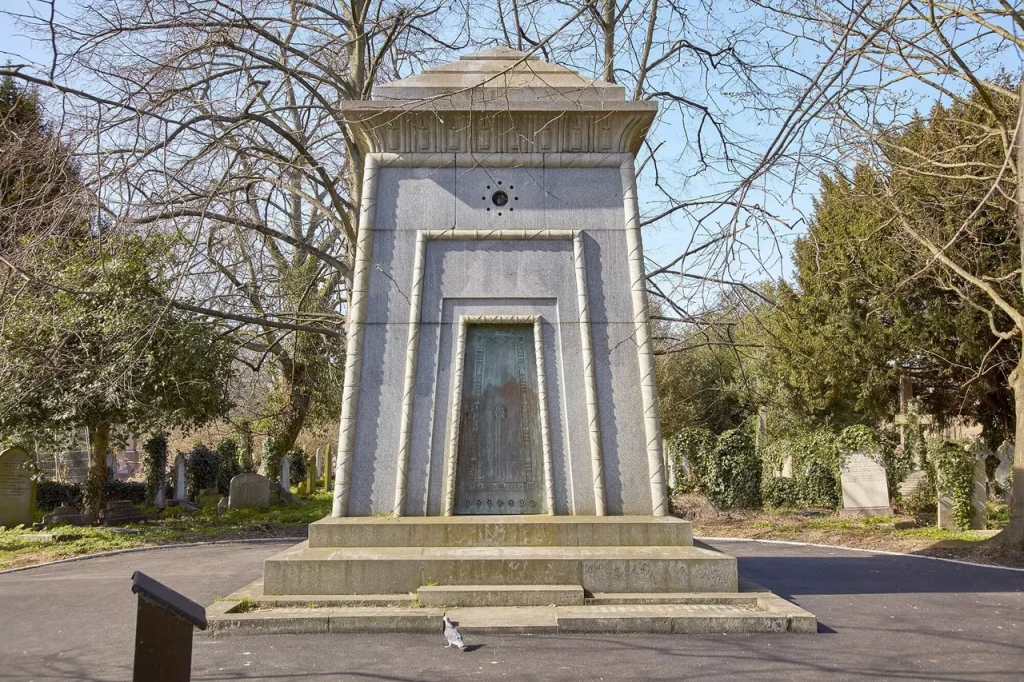
This is the fourth novel in the Sherlock Holmes and Lady Beatrice series by Geri Schear, and highly enjoyable it is, a rattling good yarn with an edge, that kept me up late turning the pages.
Subtitled The Sherlock Holmes Diaries 1901, it will not surprise anyone to learn that, rather than Dr Watson, the great detective himself is the narrator here.
Holmes comes across as less arrogantly cerebral than the hero of the Canon, more human, with doubts and weaknesses – some of which are precisely because he is more human, more empathetic. He is even married, his wife being the said Lady Beatrice, goddaughter to the late Queen Victoria, although their union isn’t a conventional one. He remains in Baker Street with Watson, while she resides in Wimpole Street.
The engrossing plot has two strands, the chief one concerning the brutal murder of Mrs Hudson’s niece, Megan Reid, a nurse recently returned from South Africa where she was ministering to the sick and injured of the Boer War.
As the story unravels, ghastly details emerge of the conditions endured by both patients and nursing staff during that dreadful conflict.

More people died from hunger and disease than from battle, epidemics of measles, typhoid and dysentery and sweeping through the hospitals and the concentration camps, ostensibly set up to house the woman and children displaced and burnt out by the war, but turning into death camps, foreshadowing those that became so notorious later in the century.
Poor Megan, overworked when already enfeebled by illness, is sent home to recover, only to meet her terrible fate on her way to church. But is what happened in South Africa the motive for her death? The similarly brutal murder of two other returned nurses, her friends, seems to suggest as much.
The second thread concerns the mysterious removal and reappearance of blueprints for the construction of Holland’s submarine from the offices of Sherlock’s eminent brother Mycroft. It is up to Sherlock and the intrepid Lady Beatrice to uncover the villain, which they do in fine style.

Informative notes tell us that John Philip Holland, (left, sporting a natty bowler) native of Co. Clare in Ireland, was indeed commissioned in top secret to build a submarine by the Royal Navy, as he had previously done for the US navy. Royal Holland 1 was launched in 1901.
Highly recommended.
MX publishing: https://mxpublishing.com/products/great-warrior-the-sherlock-holmes-diaries-1901














